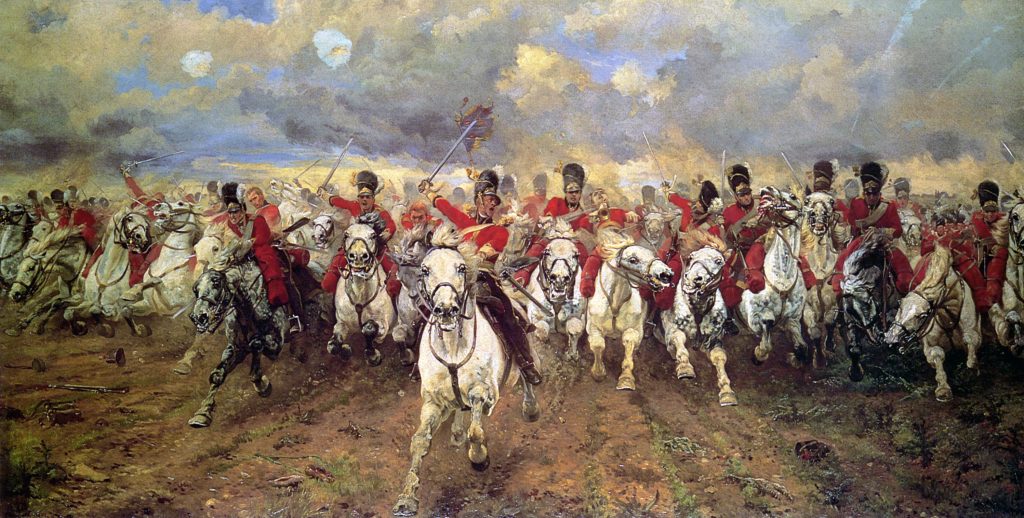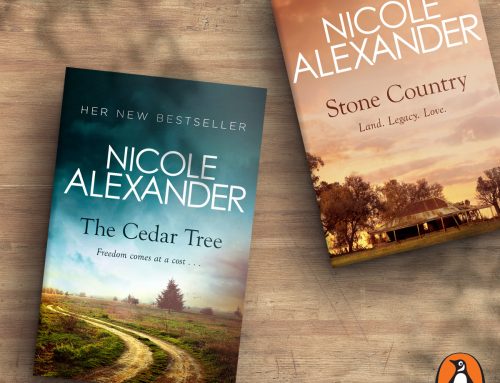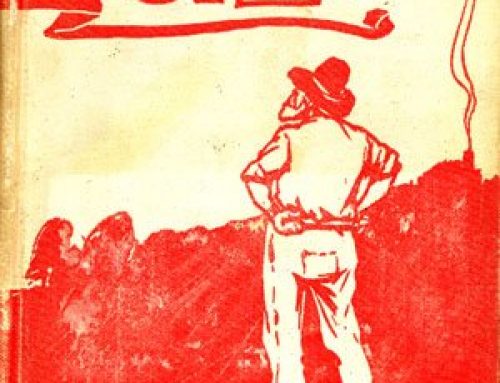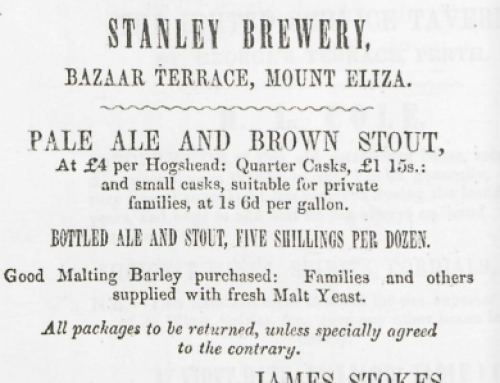‘Alfred clacked his dentures in irritation. He was fond of the teeth left him by his father. ‘Waterloo teeth’ he called them, a grisly reminder of their battlefield provenance.’
The Last Station
In the seventeen and eighteen hundred’s people were dabbling in dentistry. The wealthy were eating more sugar and teeth-whitening treatments were highly acidic quickly wearing away tooth enamel. The need for dentures rose exponentially and although a black market thrived – grave robbers were kept busy, the demand for teeth far outstripped supply.
Enter the Battle of Waterloo. In June 1815, in current day Belgium, a French army under the command of Napoleon was defeated by a British-led coalition consisting of units from the United Kingdom, the Netherlands, Hanover, Brunswick, and Nassau. The wily Duke of Wellington led the victors and the battle marked the end of the Napoleonic Wars. It was a crushing defeat for Napoleon but by the end of the battle over 40,000 men were either dead or wounded.

With thousands of British, French and Prussian soldiers laying in one place and above ground, the looters moved in almost immediately. Surviving troops and locals took to the field with gusto and as news spread scavengers travelled from Britain. Teeth were removed with pliers or with whatever tool was at hand, the majority taken back to Britain where dentists paid top dollar. The teeth were boiled, chopped and then fashioned into uncomfortable dentures some of which were made from hippopotamus ivory, a popular choice with wealthy patients. Fortunes were made from Waterloo’s sabre-wielding soldiers, until supply outstripped demand.
But it was not only ivory that proved popular. In the 1830s and 40s the mass shallow graves at the battle site started to be dug up and the skeletons exhumed and bagged to be shipped back to Britain to be used as fertiliser on crops. Fertiliser companies raided other Napoleonic battlefields and this time it was the bone-grinders who found work plentiful until the practice finally ended in the 1860s.







Leave A Comment